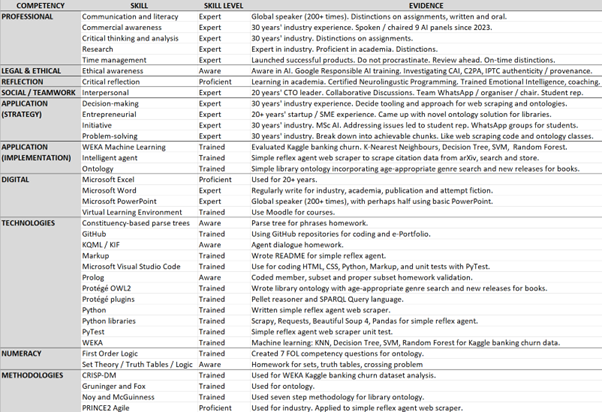Topic
Based on Kalibatiene & Vasilecas (2011) posit that “An ontology is a formal, explicit specification of a shared conceptualization”, which language do you believe is the most useful to express ontologies that can be utilised by software agents on the WWW: KIF, OWL2, RDF or OWL-lite?
Learning Outcomes
- Outcome 1. KIF, RDF, OWL Lite and OWL 2 present different formal approaches, each solving different problems. Each has different degrees of support for the formal, explicit, shared and conceptualisation aspects of an ontology. All but KIF are designed for the semantic web.
- Outcome 3. KIF predates the WWW, RDF is designed for web and OWL 1 and 2 are built on RDF. OWL Lite was designed to be lightweight but was not carried forward due to computational complexity, and OWL 2 addresses issues but is itself complex.
Feedback
Ungraded. Peer response: "You have great points!" Reminded that OWL 2 might be overkill for simpler tasks. Concluded with a great point that "As the agent evolves, its language needs might too!" In general, we were in complete agreement, however, he believed OWL Lite was a bridge, while I believe it was left out of OWL 2 for a reason, including potential exponential complexity.



